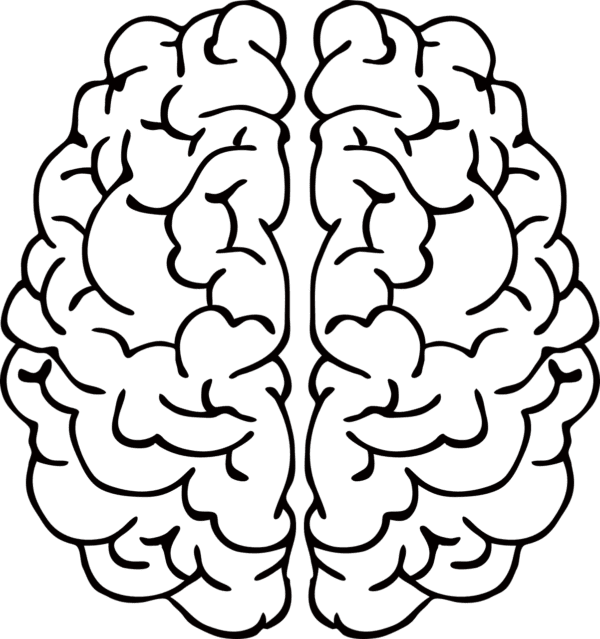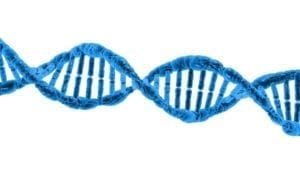The FDA has recently granted its Rare Pediatric Disease designation to Moleculin’s WP1066 for three indications: atypical teratoid rhabdoid tumor, diffuse intrinsic pontine glioma, and medulloblastoma. This designation will aid Moleculin in the development of this drug candidate, allowing it to reach patients faster.
About Diffuse Intrinsic Pontine Glioma (DIPG)
DIPGs are a type of tumor that form in the brain stem and impact children. Medical professionals are unsure as to what exactly causes this cancer; however, they do suspect that there is a link to brain development. They also know that these tumors form glial cells. Regardless of cause, symptoms include nausea, vomiting, issues with chewing and swallowing, problems with balance and walking, drooping eyelids, double vision, blurred vision, and uncontrollable eye movements. While there is no cure for this condition, there are various treatment options. These include surgery, chemotherapy, and radiation therapy.
About Medulloblastoma
Medulloblastoma is a form of brain tumor that forms in the posterior fossa region. It is a common brain cancer in children, accounting for 20% of all cases. Males under the age of 16 are at the highest risk. Medical professionals are unsure as to what causes these tumors, but they do know the characteristic symptoms. These include headaches, vomiting, nausea, visual issues, problems with handwriting, and clumsiness. If these tumors spread to the spinal cord, symptoms will progress to include issues with bladder control and bowel function, problems with walking, and back pain. Surgery is typically the first step in treatment, and it is followed by either chemotherapy or radiation therapy.
Rare Pediatric Disease Designation for WP1066
On December 1, the FDA approved Moleculin’s request for the Rare Pediatric Disease designation. This designation grants a Priority Review Voucher for each of the three indications, which can be traded, sold, or turned in to the FDA.
This decision came after the FDA evaluated the early activity of WP1066; they believe that this treatment holds potential. As children with brain tumors face an unmet medical need, this development is very exciting.
Find the source article here.







